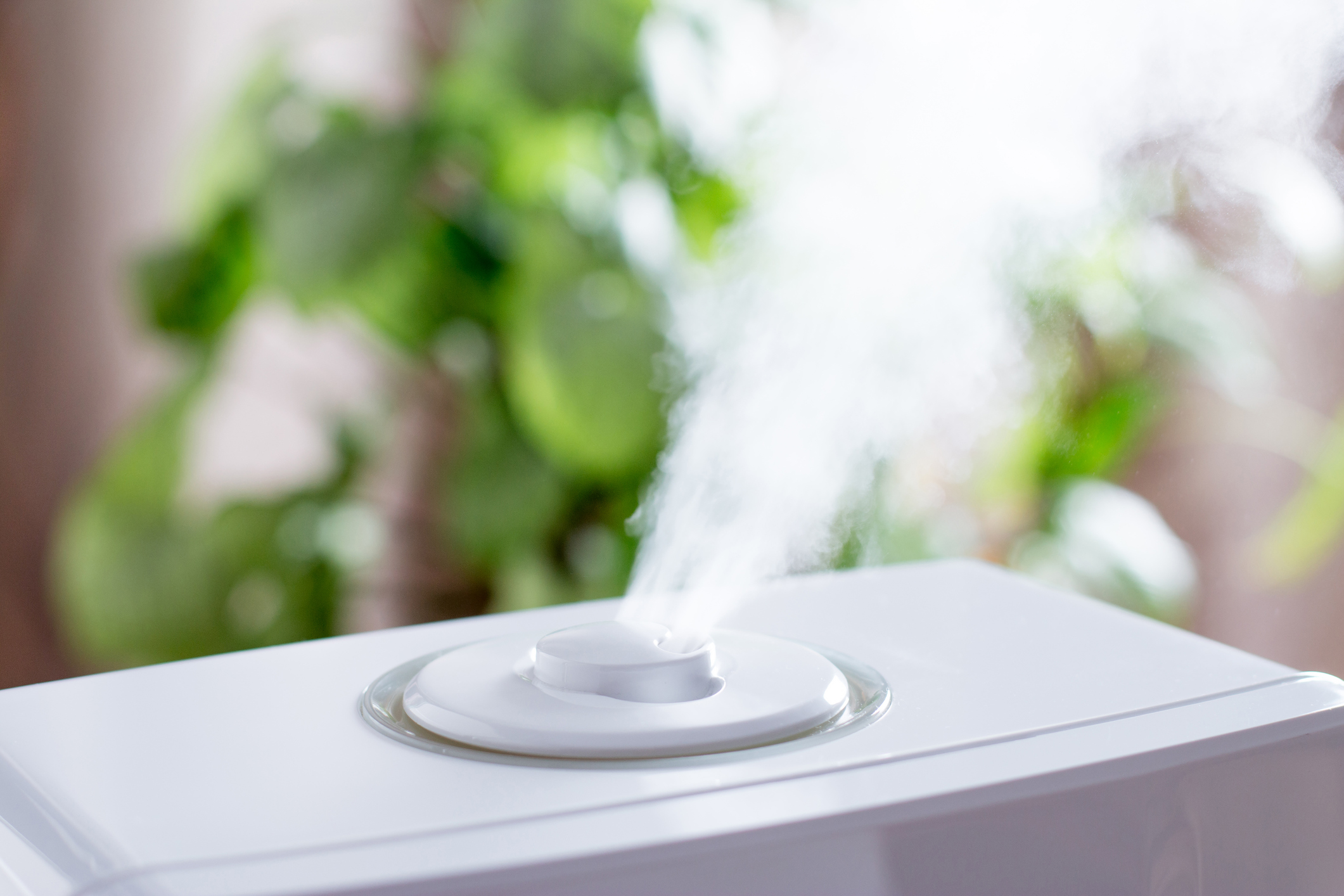Coping with Dry, Winter Air Indoors
-

There’s no doubt winter is one of the most enchanting seasons of the year. Nothing’s perfect, though, and winter’s cold, arid air is one of the season’s less enjoyable aspects. Dry winter air saps all the moisture from your skin, leaving you wishing you could bathe in moisturizer just to escape painful, cracked hands and chronic nosebleeds. Don’t worry, though – if you’re suffering because winter air is seeping into your home, you can create a warm oasis with a few easy changes.
Why Is Winter Air So Dry?
The dryness of winter air is an unfortunate result of cooling temperatures, though perhaps not for the reason you think. Many claim cold air simply can’t “hold” a lot of water vapor, thus making it drier, while warmer air expands and allows more “room” for water vapor. This isn’t quite the case. Air is mostly empty space, so regardless of the temperature, there will be plenty of space for water to evaporate. The arid air problem lies not in the expansion and contraction of the air, but instead in the characteristics of water when heated and cooled.
You probably recall learning about the water cycle and states of matter in school. When liquid water evaporates from the earth into the air and becomes water vapor, that warm air rises and begins to cool. As warm air cools, so does the vapor, allowing it to condense into clouds. This change in state is made possible because of temperature. On a molecular level, when liquid water evaporates into water vapor, the added heat gives the water molecules enough energy to break away from the other molecules in the liquid and disperse into the air.
When that water vapor is cooled in the upper atmosphere, the water molecules slow down and are more likely to “stick” together again. The same principle applies to dry winter air.
When air cools in winter, the water vapor condenses in the form of clouds, rain, snow, hail, fog or dew, leaving you feeling itchy and dry.
How Can I Reduce Dryness in My Home?
Understanding the science is well and good, but how can you apply that knowledge in a practical way to make your home comfortable again? According to the Environmental Protection Agency, indoor humidity should remain between 30 and 50 percent to ensure good air quality while still preventing the proliferation of pollutants like mold.1 Luckily, there are some steps you can take to keep your home from feeling like the Sahara.
- Drink water frequently to ensure your body has the water it needs to maintain hydration.
- Moisturize your skin with oil- or cream-based lotions to lock in water and prevent evaporation.
- Take shorter showers to ensure the heat doesn’t dry your skin.
- Seal your home around the doors, windows, attic, crawl spaces or ductwork. This can keep you warmer and save you money on your energy bill.
- Use a humidifier to add moisture to the air in your home. These come in portable, whole home, bypass or steam varieties. Ask your HVAC technician which type may be right for you.
- Change your filters to prevent pollutants like fungi and mold from being circulated and thriving off the extra moisture your humidifier is producing. This will also help your system run more efficiently, saving you money on your bills.
Ensure the Season Is Cozy and Comfortable with Malek Heating and Air
If you’re completely over the nosebleeds, dry sinuses, cracked skin and chapped lips, it’s time to take steps to protect yourself and your home from the winter air. For an investment in your health that will keep you comfortable all year round, try installing a humidifier and sealing your HVAC system to prevent heat loss.
At Malek Heating and Air, we pride ourselves on our more than 28 years of experience serving Texan homeowners. Our number one priority is your health and comfort this winter. That’s why we offer a comprehensive indoor air quality assessment and various air quality improvement services ranging from duct cleaning to humidifiers and more! Contact us online or call 979-446-0296 to schedule your appointment today!
1 https://www.epa.gov/sites/production/files/2014-08/documents/careforyourair.pdf
January 4, 2018
